In today's fast-paced world, staying organized is essential for managing our busy lives effectively. With so many tasks, appointments, and responsibilities vying for our attention, it's easy to feel overwhelmed and lose track of time. However, with the right tools and strategies, such as an hourly planner, you can regain control and streamline your daily routine. In this article, we'll explore how to make the most of your hourly planner with practical tips and techniques to help you stay organized and productive.
Understanding the Hourly Planner
Before delving into specific tips for using an hourly planner, let's first understand what it is and how it differs from other planning tools. An hourly planner is a type of schedule organizer that breaks down your day into hourly increments, providing a detailed overview of your activities and commitments. Unlike traditional planners that offer daily or weekly views, an hourly planner allows you to allocate specific time slots for each task, appointment, or activity.
The benefits of using an hourly planner are numerous. It promotes better time management by encouraging you to allocate your time more effectively and prioritize tasks based on their importance and urgency. Additionally, it enhances productivity by helping you stay focused and on track throughout the day. With an hourly planner, you can also identify time gaps and opportunities for leisure or self-care, ensuring a more balanced and fulfilling lifestyle.
Now, let's explore some practical tips for using an hourly planner to its fullest potential:
Start with a Daily Overview:
Begin each day by reviewing your hourly planner and getting a clear understanding of your schedule. Take note of any fixed appointments, meetings, or deadlines that you need to prioritize. This will help you plan your day more effectively and ensure that you allocate enough time for each task.
Block Off Time for Important Tasks:
Once you have a clear overview of your day, block off specific time slots for important tasks or projects. Be realistic about how much time you'll need for each task and avoid overcommitting yourself. Remember to include buffer time between tasks to account for unexpected delays or emergencies.
Use Color Coding or Symbols:
To make your hourly planner more visually appealing and easier to navigate, consider using color coding or symbols to distinguish between different types of activities. For example, you could use one color for work-related tasks, another for personal errands, and a different color for leisure activities. This will help you quickly identify and prioritize tasks at a glance.
Prioritize Your Tasks:
When planning your day, it's essential to prioritize your tasks based on their importance and urgency. Use techniques such as the Eisenhower Matrix or ABC prioritization to identify high-priority tasks that require immediate attention. Allocate more time to these tasks in your hourly planner to ensure they get done.
Be Flexible:
While it's essential to stick to your schedule as much as possible, it's also important to be flexible and adaptable. Life is unpredictable, and unexpected events or emergencies may arise that require you to adjust your plans. Be willing to rearrange your schedule as needed and don't be too hard on yourself if things don't go according to plan.
Review and Reflect:
At the end of each day, take a few minutes to review your hourly planner and reflect on your accomplishments. Celebrate your successes and identify any tasks that were not completed. Consider what went well and what could be improved for the next day. Use this information to make adjustments to your schedule and improve your time management skills over time.
Experiment with Different Layouts and Formats:
Not all hourly planners are created equal, so don't be afraid to experiment with different layouts and formats to find what works best for you. Some planners may have a vertical layout with hourly slots running down the page, while others may have a horizontal layout with hourly slots across the page. Find a format that suits your needs and preferences, whether it's a physical planner or a digital app.
Conclusion
Using an hourly planner is a powerful tool for staying organized, managing your time effectively, and achieving your goals. By following these practical tips and techniques, you can make the most of your planner and take control of your schedule. Whether you're a student, professional, or busy parent, incorporating these strategies into your daily routine can help you stay focused, productive, and balanced amidst life's many demands.
Learn more: We Make the World's Best Planners & Journals | Productivity Store

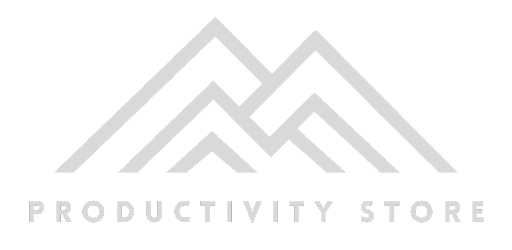






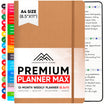

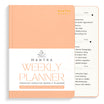

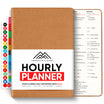

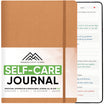
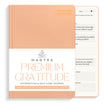
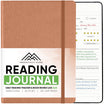
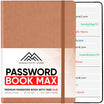
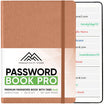
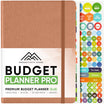
Leave a comment
All comments are moderated before being published.
This site is protected by hCaptcha and the hCaptcha Privacy Policy and Terms of Service apply.